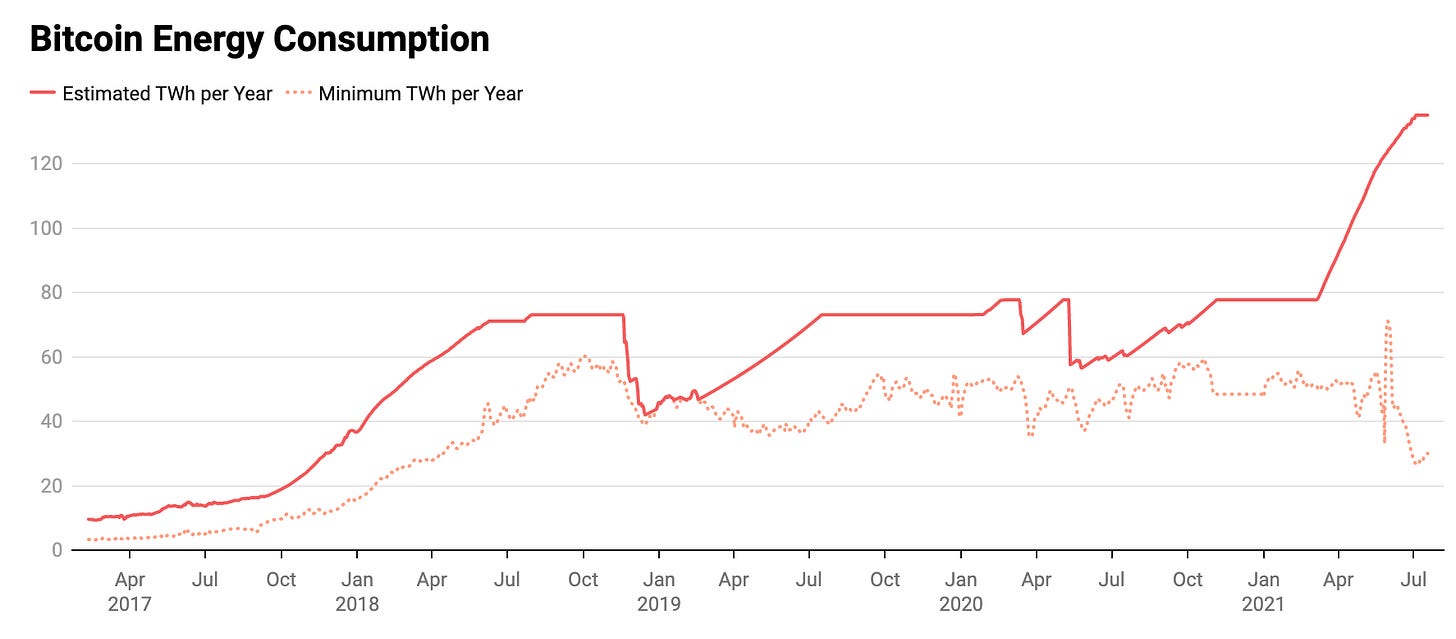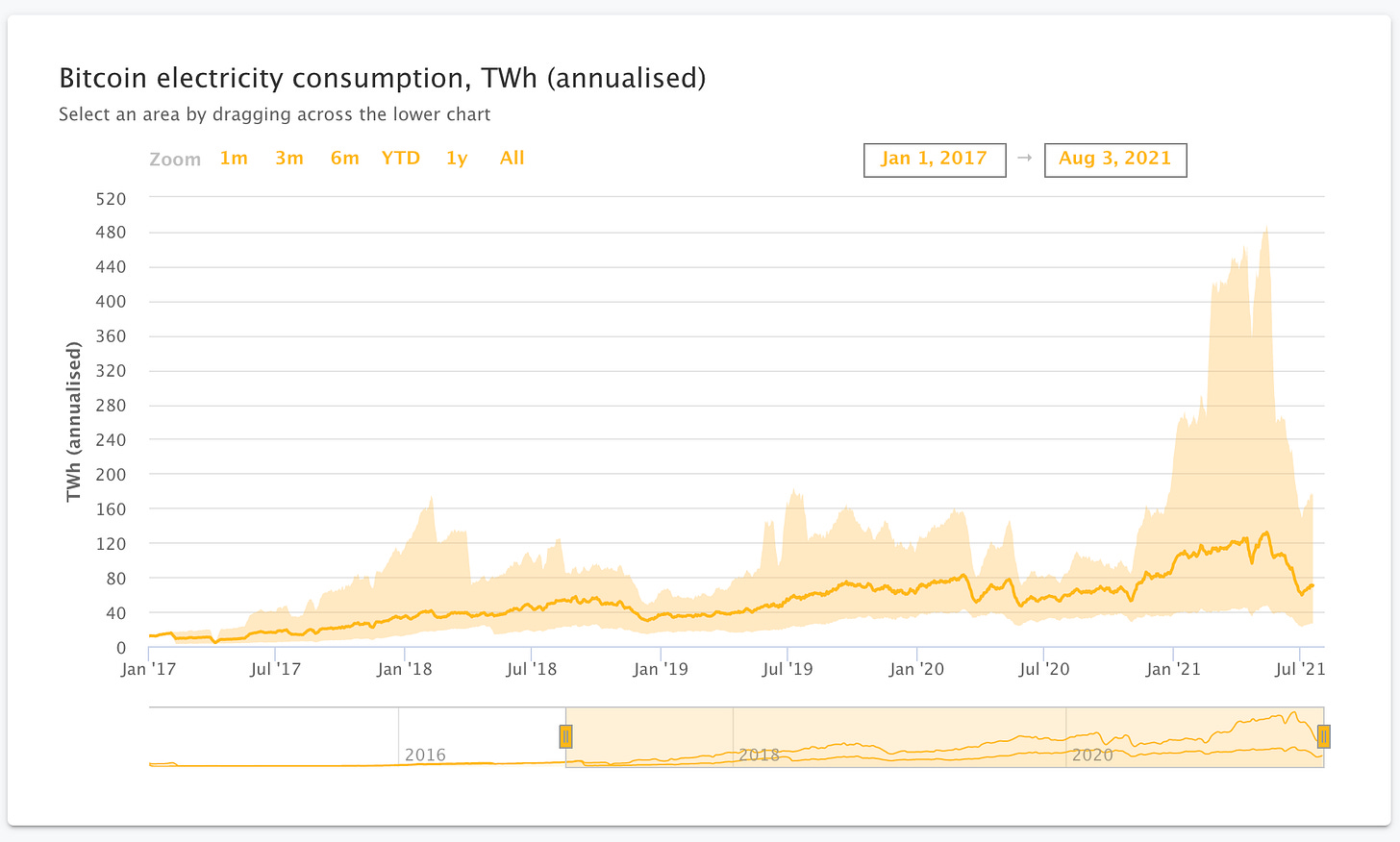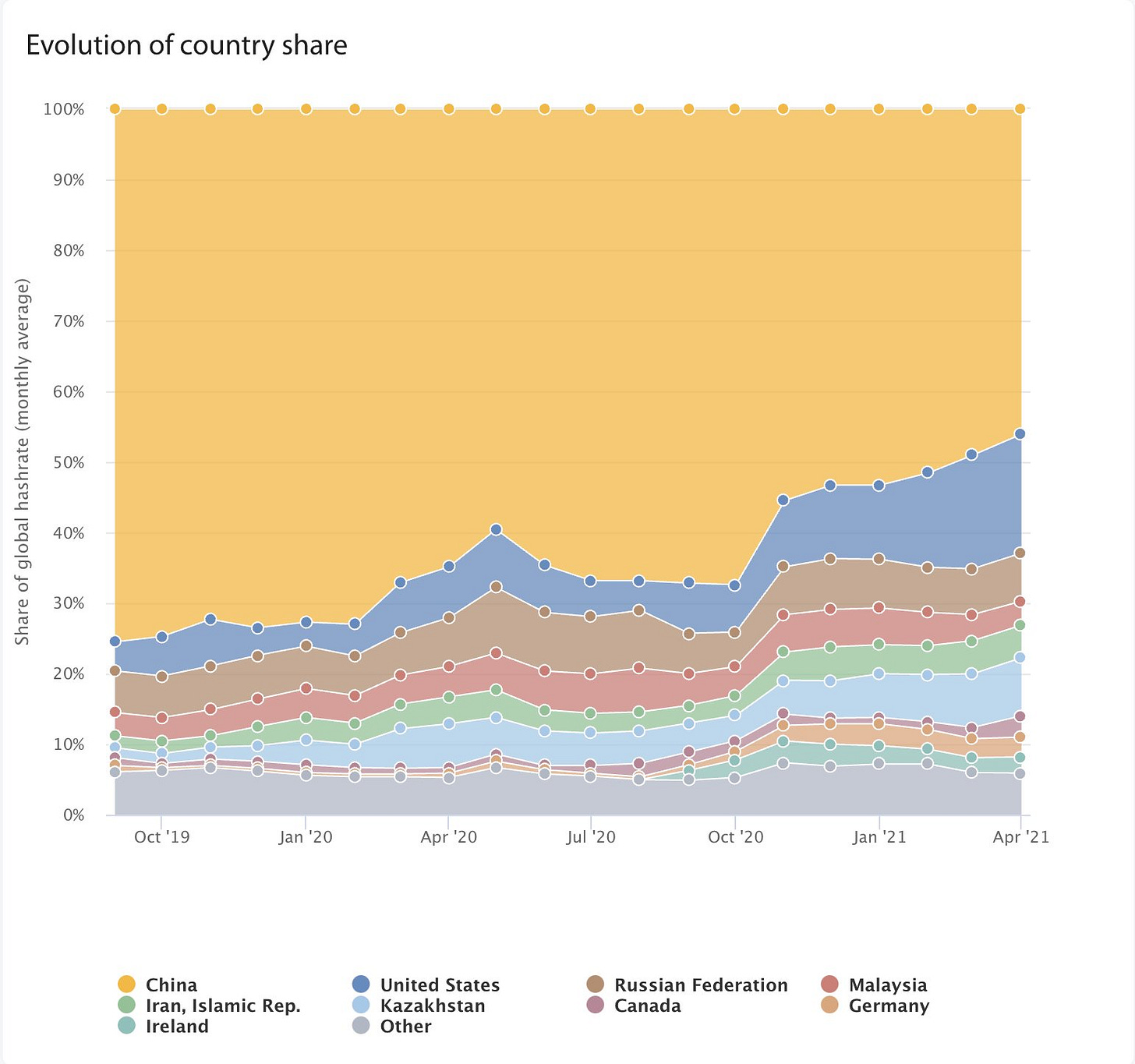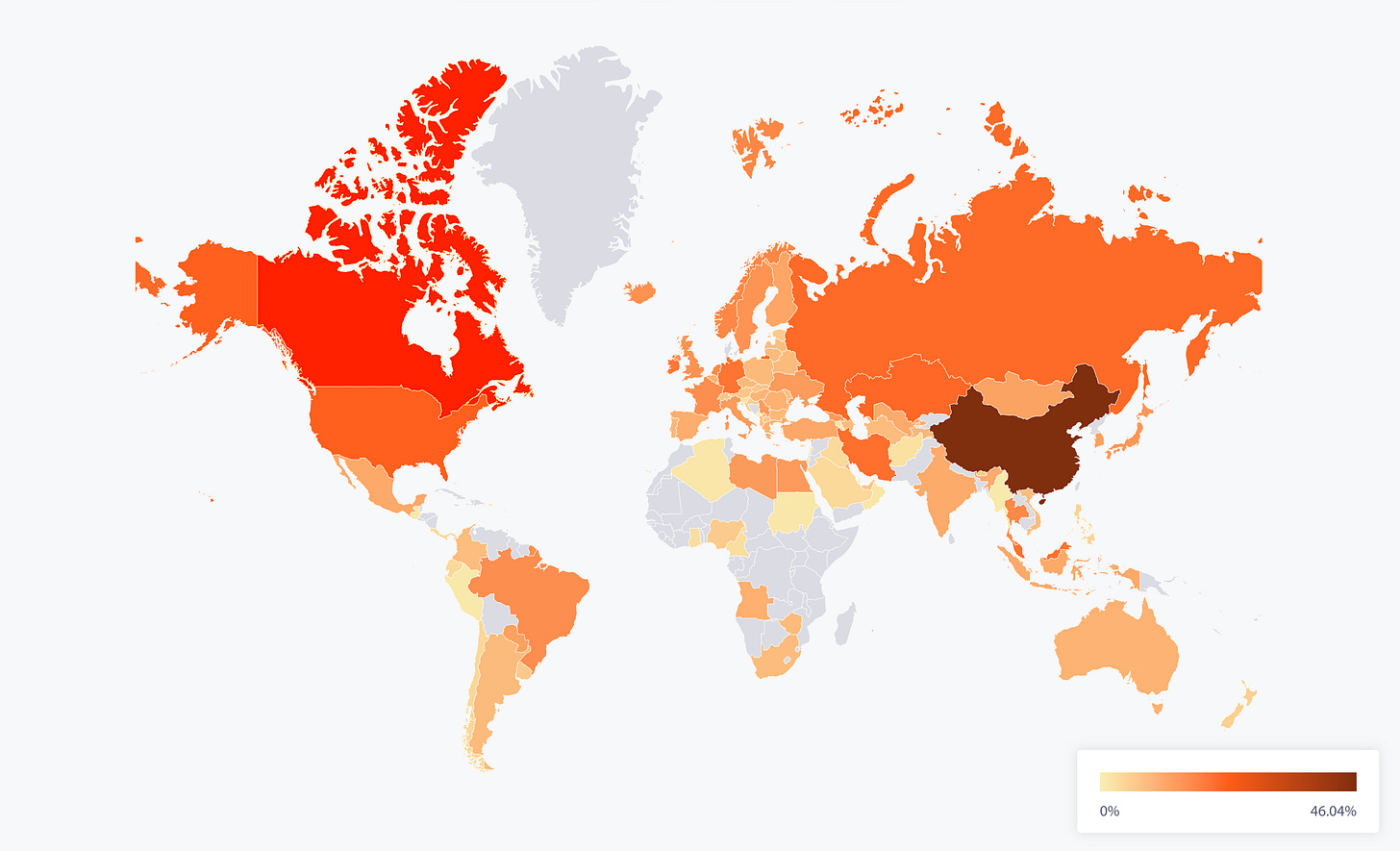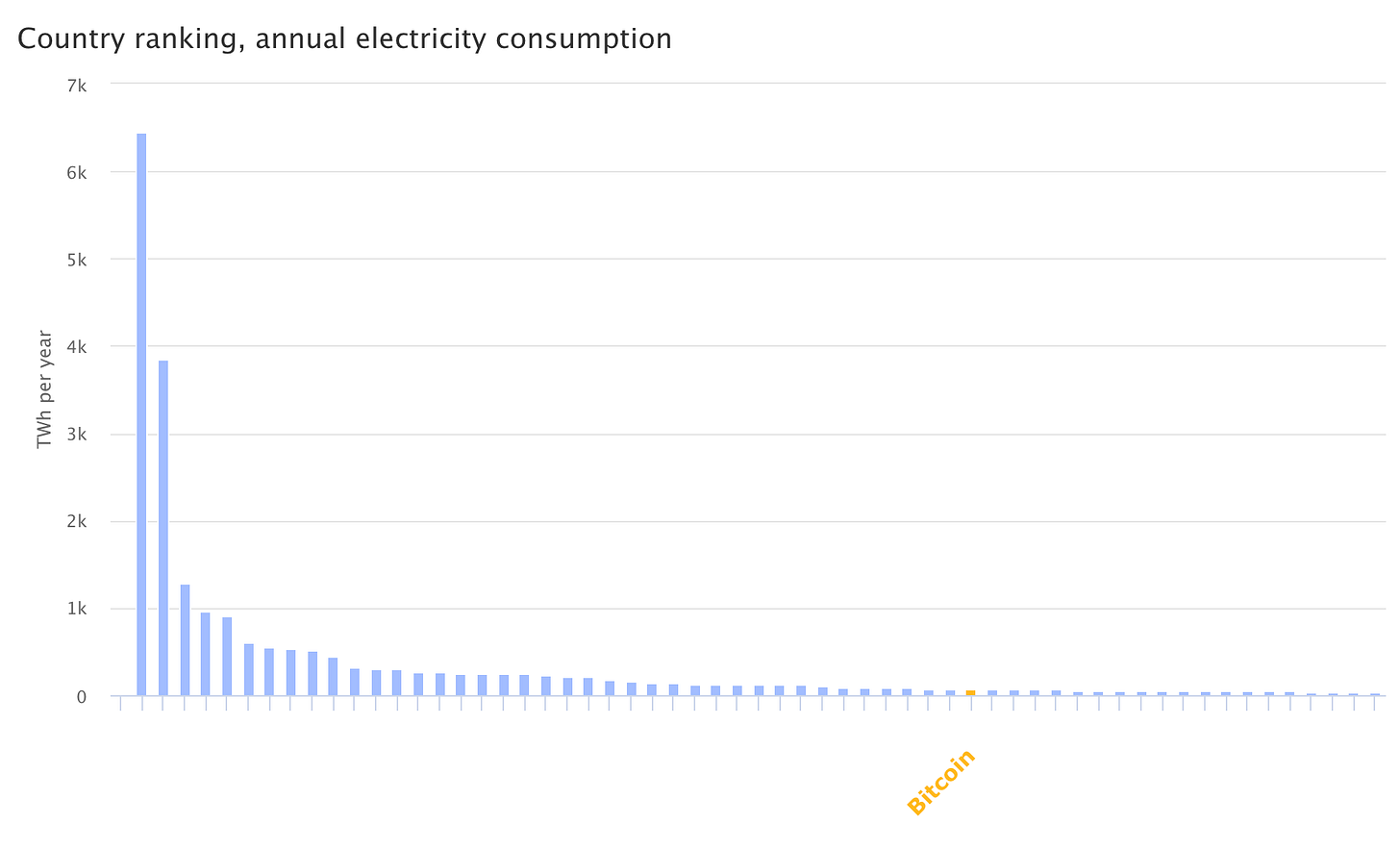How much energy does Bitcoin really use?
How to intelligently estimate Bitcoin's energy footprint, and why it's hard to do.
In this issue:
The enormous amount of electricity used to defend Bitcoin’s network through proof-of-work mining is perhaps the most common and passionately cited criticism of Bitcoin. In spite of how frequently it is brought up, the estimates people use are often wildly inaccurate - sometimes even deliberately so. The best estimate for Bitcoin’s energy use I know is the Cambridge Bitcoin Energy Consumption Index (CBECI) and they just released a major update to their methodology, making now a great time to explore more deeply.
We’ve talked before about why Bitcoin uses that energy and how the environmental impact of that energy use is frequently misunderstood. Here we go into the details of what it means to estimate Bitcoin’s energy use, who does it well and who does it badly and what we can learn from those estimates.
Why is it hard to estimate Bitcoin’s energy usage?
It's hard to be right but you can still be obviously wrong
Miners grade themselves and everyone gets an A
My best guess at whose guess is best
Why is it hard to estimate Bitcoin’s energy usage?
The simple answer is that the less Bitcoin miners have to reveal about themselves the harder it is to prevent anyone from mining bitcoin - so Bitcoin is designed so that miners aren’t required to share anything. We know almost nothing about miners except the blocks they create and the addresses where they send the rewards. Everything else is either self-reported or speculation.
So we don’t know where miners are located, we don’t know what machinery they are using to mine Bitcoin, we don’t know where they source their power or how it is generated and we don’t know when they leave or join the network. We can’t even observe the work miners are doing directly - we only see the blocks they successfully produce. When new blocks arrive more quickly than expected it could be because more mining power joined the network - but it could also just mean someone got lucky.
Estimating how much energy the Bitcoin network uses is like estimating how much gas the Uber network uses without knowing how many drivers there were, how far they drove or what cars they were driving. When you see a graph depicting Bitcoin’s energy use you are essentially seeing someone’s opinions dressed up in numbers to look more convincing.
That’s not to deny that Bitcoin’s energy use is large (it is) or to argue we can’t reason intelligently about it (we can). But to have a useful conversation about Bitcoin energy use we need to start with open discussion about the underlying assumptions.
It's hard to be right but you can still be obviously wrong
We’ve talked before about the Digiconomist, a for-profit publication that primarily exists to provide frightening graphs and numbers for journalists seeking to write concern pieces about Bitcoin’s environmental implications. Digiconomist is responsible for popularizing the extremely deceptive energy-per-transaction metric1 that dominated the conversation in mainstream media for some time. They also maintain a running model of Bitcoin’s energy use, which currently looks like this:
If you have been reading the newsletter for the last few months you may recall the enormous drop in Bitcoin’s hashrate as miners migrated their equipment out of China in response to the Bitcoin mining ban. ~56% of the Bitcoin mining network went offline which means they stopped using energy. Meanwhile, the Digiconomist’s estimate of Bitcoin’s energy usage climbed merrily higher, uninterrupted by reality.
Bitcoin Magazine has an excellent, detailed takedown of exactly how dumb this is:


Miners grade themselves and everyone gets an A
Because miners are so shielded from direct scrutiny by the nature of how Bitcoin works, most of what we know about miners is basically what they tell us. Most of the major mining pools sign their blocks, so we know roughly how much of the hashrate they control (or at least the minimum amount they will admit to controlling). Some of those pools in turn disclose aspects of their business operations that include how much they spend on energy and where they source it. For example:

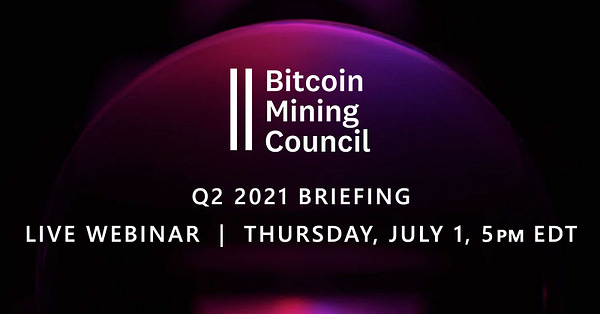
The Bitcoin Mining Council (BMC) report goes into greater detail but does not ultimately reveal its methodology beyond noting that it sampled its data from miners representing ~32% of the global hashrate. That makes the report useful bottom-up data about a large swath of miners - but it is also the product of an industry group explicitly formed to address concerns about Bitcoin’s environmental footprint.
You should be skeptical of a BMC report on Bitcoin sustainability in the same way you would be skeptical of a report from the InGen corporation about the safety of dinosaur-based theme parks.
My best guess at whose guess is best
In my opinion the current best model for estimating the energy use of the Bitcoin network is the Cambridge Bitcoin Energy Consumption Index (CBECI). CBECI’s report comes from a coalition of mining pools representing ~32-37% of the hashrate. The data is still ultimately self-reported but the level of transparency is much higher and the people preparing the report are an academic group rather than an industry advocacy organization. Unlike the Digiconomist their models were quite responsive to the seismic shifts in the industry as they were happening:
With the most recent update to the CBECI dataset you can now see that China’s dominance in Bitcoin mining has been declining since September of 2019
During that time China’s absolute hashrate was steady while the rest of the network nearly doubled, suggesting that most mining operations were already migrating away from China well before the recent crackdown on Bitcoin mining. This is where mining power is distributed globally today:
Currently the CBECI estimates that Bitcoin is using ~70.5 TW/year, with a lower bound of ~26.4 TW/year and an upper bound of ~177 TW/year. (That’s the equivalent of estimating the number of US States at somewhere between ~13 and ~87). At ~70.5 TW/year Bitcoin mining would represent ~0.32% of the world’s energy use, slightly more than Colombia and slightly less than Bangladesh.
In some ways that is an enormous amount of energy, but in other ways it is tiny. It is less than half the energy spent mining gold. America loses ~3x as much energy in transmission and distribution from power plants to consumers. About ~10x that much energy is lost to vented gas in oil mining globally. We could pay for the Bitcoin network many times over with energy we are already wasting today.
Do you know anyone who worries about the environmental impact of Bitcoin and/or enjoys esoteric graphs intermingled with Jurassic Park references? Share this post with them!
If you are curious why energy-use-per-transaction is deceptive [this article] goes into it in more detail.



